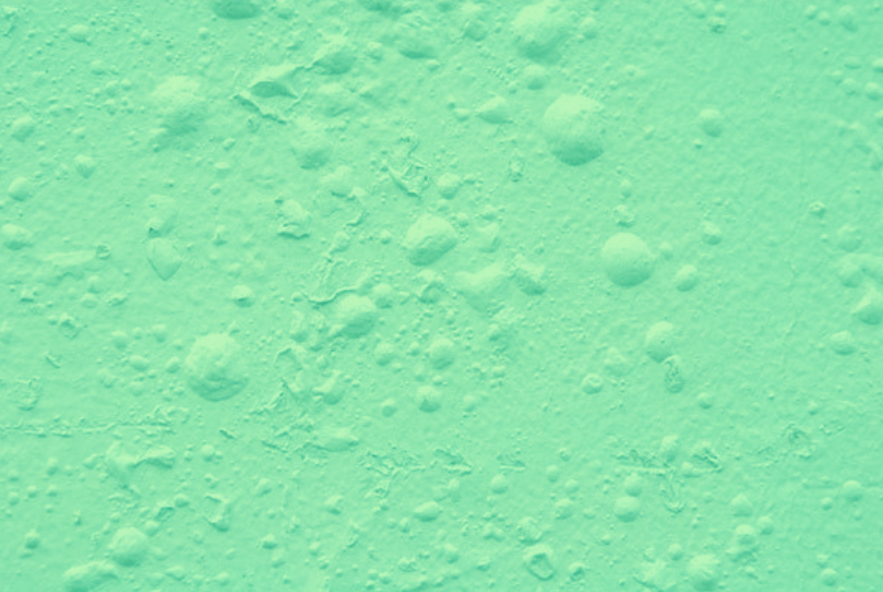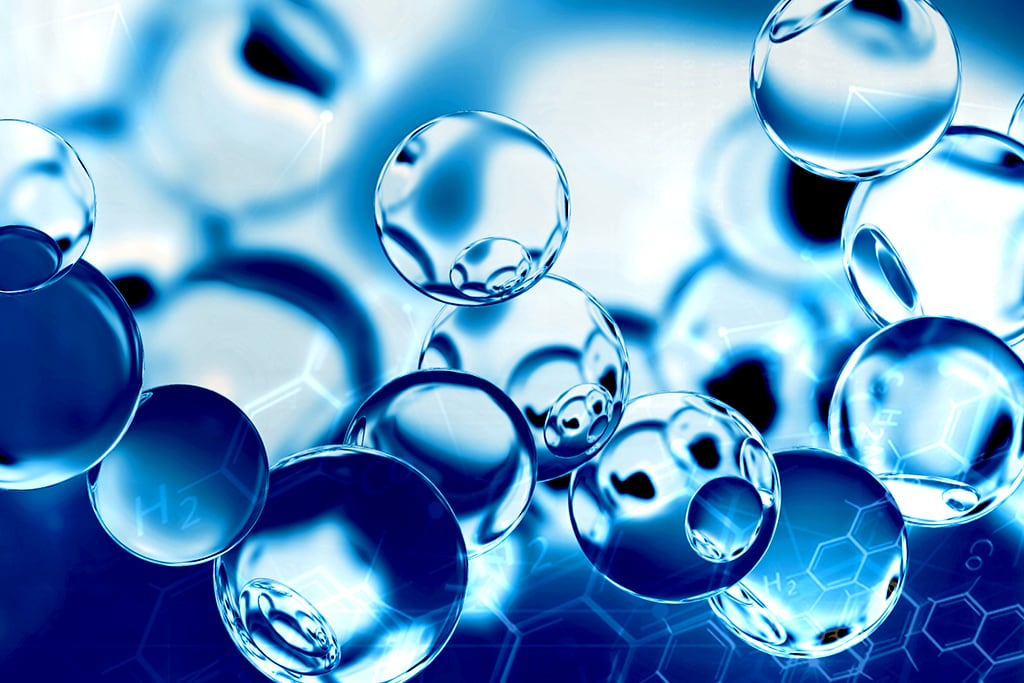How Defoamers Can Save Time and Money in Industrial Production
The Duty of Defoamers in Enhancing Product Top Quality and Efficiency
In various making processes, the visibility of foam can substantially hinder item quality and functional efficiency. Defoamers function as important ingredients that reduce this concern, making sure smoother production process while enhancing the practical and visual qualities of the last products (defoamers). Their application extends a multitude of sectors, from food and beverage to pharmaceuticals, where uniformity and reliability are extremely important. The option of the ideal defoamer can be vital to attaining optimum results, increasing crucial inquiries about formula compatibility and efficiency metrics that warrant more expedition.
Comprehending Defoamers
Comprehending the function of defoamers is necessary for keeping item top quality throughout various industries. Defoamers are chemical additives developed to decrease and stop the development of foam in fluid systems, which can negatively impact processes such as mixing, loading, and surface area tension. Foaming can lead to inefficiencies, product defects, and compromised visual charm, making defoamers an important component in producing operations.
In industrial applications, defoamers aid to improve product uniformity and security. In the paint and finishings industry, foam can conflict with the application process and the last surface. In food and beverage manufacturing, excessive foam can prevent bottling and packaging efficiency. The efficient use defoamers not just guarantees smoother manufacturing procedures but likewise adds to premium product efficiency.
Moreover, the choice and solution of a defoamer should straighten with particular application demands, such as compatibility with various other ingredients, performance under varying temperature and pH problems, and possible regulatory restrictions. Inevitably, understanding defoamers' features and their relevance in various formulas is critical for optimizing manufacturing and ensuring the finest quality end items.
Kinds of Defoamers
Defoamers can be classified into a number of kinds based upon their composition and mechanism of action. The main kinds consist of silicone-based, non-silicone natural, and not natural defoamers.
Silicone-based defoamers are among the most effective, mainly because of their capacity to spread out quickly on the liquid surface and interrupt foam development. Their unique chemical structure allows for exceptional stability, making them appropriate for high-temperature applications and atmospheres with differing pH degrees.
Non-silicone natural defoamers, usually made up of all-natural oils or fats, are valued for their biodegradability and reduced toxicity. These are usually utilized in food and beverage applications where security and environmental impact are critical.
Inorganic defoamers, which include substances like talc or calcium carbonate, act by increasing the thickness of the fluid, consequently lowering foam stability. They are typically used in industrial processes where compatibility with other products is not a problem.
Each kind of defoamer has distinctive benefits and constraints, allowing for tailored services depending on the details frothing concerns run into in various applications. Recognizing these differences is critical for enhancing performance and attaining wanted product quality.
Applications Across Industries
Numerous markets take advantage of defoamers to enhance item high quality and functional effectiveness. In the food and beverage market, defoamers are important in processes such as developing and dairy manufacturing to stop foam formation, which can bring about ineffectiveness and product variance. By controlling foam, manufacturers can make certain better yield and a much more uniform product.
In the pharmaceutical sector, defoamers play an important duty in the formula of fluid medicines, where too much foam can hinder blending and accurate dosing. Their usage helps preserve the honesty of the formulas and promotes smoother production procedures.
The paint and coatings market additionally depends on defoamers to boost the performance of products throughout application. By reducing foam, these ingredients make certain a smoother surface and improve the visual qualities of the end product.

Benefits of Using Defoamers
While the application of defoamers differs throughout industries, their advantages consistently improve item high quality and procedure effectiveness. One considerable benefit is the reduction of foam development throughout producing processes, which can or else bring about manufacturing delays and inconsistencies in item top quality. By decreasing foam, defoamers allow a smoother flow of products, promoting a lot more effective procedures and lowering the probability of equipment breakdowns.
Furthermore, making use of defoamers can improve the look and appearance of final items. In fields such as finishes, paints, and food processing, too much foam can jeopardize the visual aesthetics and general quality, while the ideal defoamer application guarantees a consistent surface and preferable attributes. Defoamers can contribute to cost financial savings by decreasing waste throughout production and maximizing the use of raw products.

Selecting the Right Defoamer
Selecting the right defoamer is essential for optimizing production procedures and making certain item high quality. The option of defoamer influences not only the performance of foam control yet additionally the total efficiency attributes of the final item. Aspects to think about include the sort of application, the chemistry of the solution, and the ecological conditions under which the item will certainly be utilized.
Different sectors might require specific defoamer kinds, such as silicone-based, organic, or polymeric defoamers. Understanding the compatibility of the defoamer with the key components is necessary to avoid adverse responses that could endanger product integrity. In addition, the defoamer's efficiency in various temperature levels and pH levels should be evaluated to make sure constant performance.
Testing the defoamer in small applications can offer beneficial insights right into its performance and suitability. Factor to consider of regulative compliance, particularly in food, drugs, and cosmetics, is critical in picking a defoamer. Eventually, a thorough evaluation of these variables will cause the option of a defoamer that not only regulates foam effectively however likewise boosts the quality and performance of the last item.
Conclusion

In conclusion, defoamers are crucial ingredients that substantially enhance product top quality and efficiency across various sectors. The calculated selection and application of defoamers lead to cost click site financial savings, enhanced resource usage, and enhanced customer contentment.
Lathering can lead to inefficiencies, item flaws, and compromised visual charm, making defoamers a crucial part in producing procedures.
